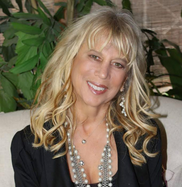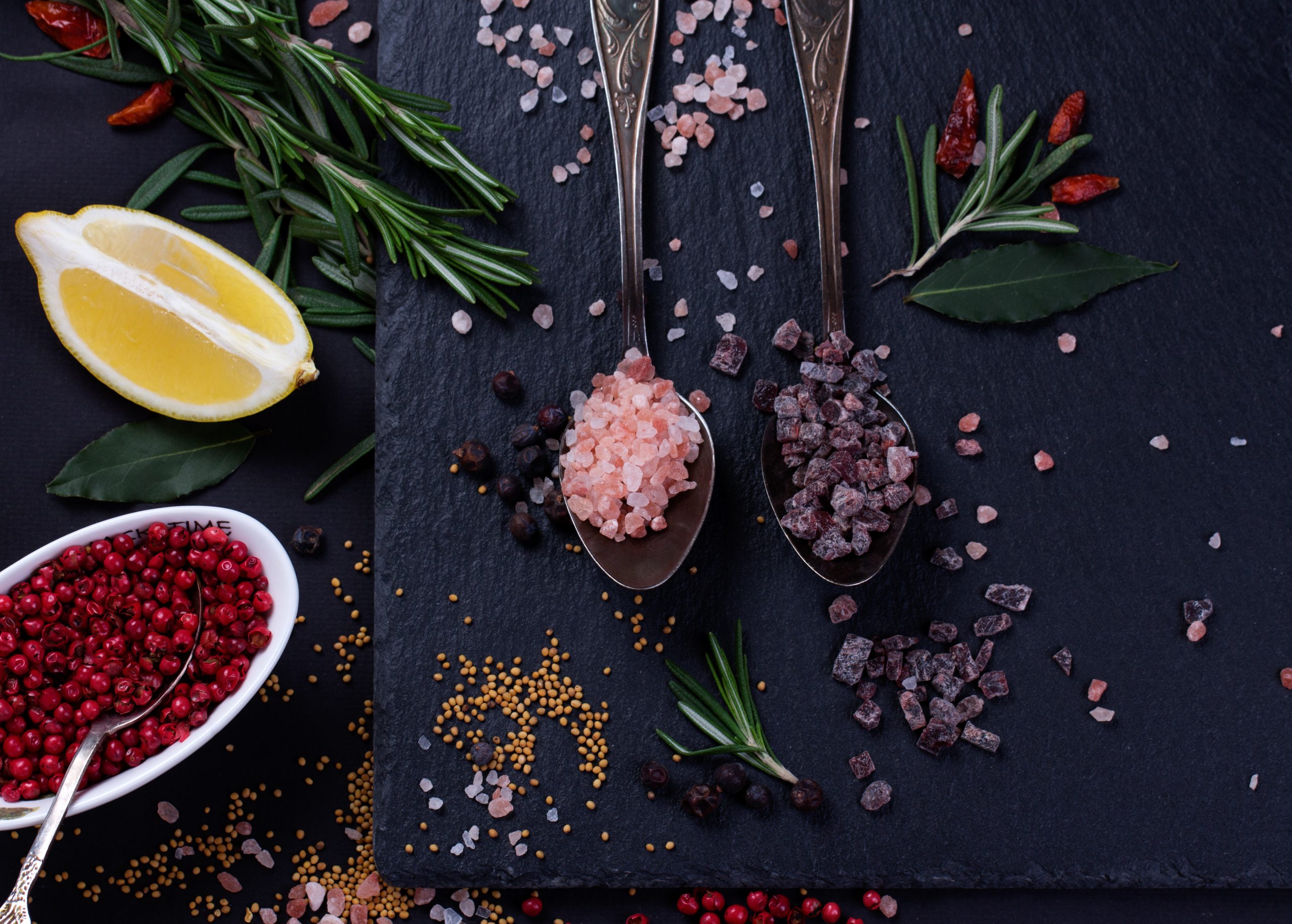(Please help us welcome our friend Jane G. Goldberg, Ph.D., who is guest blogging on Health Nut News this morning!)
Contrary to what you may think, the best salt is neither Himalayan, nor Celtic. It’s a salt you have not yet heard of: Himalayan Black Salt. It’s pink in color. Just because the salt that you see at the store may be black in color, don’t be fooled into thinking that it is the same as Himalayan Black Salt. And just because this salt is pink, don’t be fooled into thinking it is not Black Himalayan salt. The only way you can tell whether it’s the real thing is by opening the jar. The smell will be so awful and strong that everyone nearby will ask where that terrible stench is coming from. That stench is your new, healthier-than- any-other salt.
You’ll recognize the smell. It’s sulfur. You know, that old rotten egg smell.
The salt is brought in directly from the Himalayan mountains.
We all know the need for high levels of oxygen in our bodies. Many of us know the connection between low cellular oxygen and disease, and most especially cancer (as per Nobel Prize winner, Otto Warburg’s discovery). As it turns out, sulfur and oxygen have a love affair with one another going on in our bodies. Sulfur binds with four molecules of oxygen. SO4 (Sulfate) is a major molecule that delivers O2 to red cells. They talk to each other. The oxygen molecule finds a sulfur molecule, and says to it, “Hey buddy, how ya’ doing? Hey, I have a present for you. Here’s a little O2 for you. It’s my gift to you.”
Sulfur has a host of functions in the body and it is an essential mineral that most of us are deficient in.
- Essential for on-going detoxification
- Iron/sulfur proteins live in the mitochondria, the energy factory of cells
- Assists in glucose metabolism, thus reducing inflammation
- Necessary for proper enzyme functioning
- Gives connective tissue and cartilage flexibility, appropriate elasticity to prevent sagging and wrinkled skin
- Gives keratin (hair and nails) strength
Besides liberally salting my foods (because this salt REALLY IS good for you), my favorite way of replenishing my body with sulfur is to take a floatation session at my health spa, La Casa Spa & Wellness Center. The float chamber has 800 pounds of Epsom Salts. There are now similar floatation rooms in most major cities.
I have covered the benefits of Epsom Salts previously in my own newsletter, MusingsFrom20thSt.com, when I talked about the benefits of one of the ingredients of Epsom Salt: magnesium. Indeed, Epsom salt is made up mostly of magnesium, and thus we get the very profound relaxation response to the float experience, as well as reduced pain and muscle cramping. Magnesium is great. But Epsom Salt is also made up of sulfur and oxygen.
Sulfur deficiency has been implicated in the diseases of autism, Alzheimer’s, Parkinson’s, rheumatoid arthritis and chemical sensitivities. Without sufficient sulfur, the detoxification pathways of the body cease to function properly. This can result in a level of toxicity that makes foods high in sulfur not easily tolerated. If you have a negative reaction to the high sulfur cruciferous veggies—broccoli, cabbage, cauliflower, Brussels sprouts, mustard greens, bok choy, as well as the alliums of onions, garlic and leeks—then it is likely that you have a sulfur deficiency.
Sulforaphane is one of the primary substances in cruciferous veggies, and it is this that makes them smelly, as well as conferring an anti-cancer effect. Sulforaphane increases the liver’s detoxification enzymes that provide protection from cell mutations, cancer and a whole host of other harmful conditions that these toxins are involved in.
Although I personally am about 95% raw, I do cook my broccoli for two or three minutes, though not to a boil. Compared to slightly steamed broccoli, raw broccoli actually gives you a diminished amount of sulforaphane. There is a heat-sensitive protein—epithiospecifier—that is in love with destroying sulforaphane. So slight cooking is important in order to eliminate this protein, and enables the broccoli to retain the enzyme myrosinase, which then converts to sulforaphane.
Word of caution: This salt does not have iodine (but, neither does Himalayan Pink Salt). Most of us are deficient in iodine. With Himalayan Salt, we can’t count on replenishing our deficient iodine reserves through our salt intake. If you buy regular store-bought salt, you will see that the container says it has iodine. If we start using a more beneficial salt, because it is actually a whole food, with important and necessary constituents for our body, then, most of us will benefit from taking iodine supplementation.
Black Himalayan Salt is sold at http://www.ecopolitan.com and https://www.nutridyn.com.
 Jane G. Goldberg, Ph.D. has been a practicing psychoanalyst for over 45 years, and is one of the nation’s leading authorities in the fields of psychological oncology and mind/body health. She is the founder of three holistic spas and wellness centers, including New York City’s first, since 1993, La Casa Spa & Wellness Center. Her holistic center, in he rain forest of Puerto Rico, has undergone extensive renovation, and will be open in the Fall of 2017. Dr. Godberg is a prolific writer in the fields of psychoanalysis and holistic health, having published numerous scholarly articles and authored eight published books, including her latest, My Mother, My Daughter, My Self. She is a frequent speaker at conventions and conferences nationwide, both professional and lay. In addition, she is often called as a guest on television and radio. Dr. Goldberg is a mother, as well as an avid runner, yoga practitioner, swimmer and holds a Black Belt in Tae Kwon Do.
Jane G. Goldberg, Ph.D. has been a practicing psychoanalyst for over 45 years, and is one of the nation’s leading authorities in the fields of psychological oncology and mind/body health. She is the founder of three holistic spas and wellness centers, including New York City’s first, since 1993, La Casa Spa & Wellness Center. Her holistic center, in he rain forest of Puerto Rico, has undergone extensive renovation, and will be open in the Fall of 2017. Dr. Godberg is a prolific writer in the fields of psychoanalysis and holistic health, having published numerous scholarly articles and authored eight published books, including her latest, My Mother, My Daughter, My Self. She is a frequent speaker at conventions and conferences nationwide, both professional and lay. In addition, she is often called as a guest on television and radio. Dr. Goldberg is a mother, as well as an avid runner, yoga practitioner, swimmer and holds a Black Belt in Tae Kwon Do.












